Tree of the month: Wild cherry
Wild Cherry – Prunus avium
Wild cherries are the ancestor to the cultivated varieties that produce the sweet cherries we might find in supermarkets. This time of year, look for the stunning display of the clustered white flowers – which are a great early source of nectar for pollinators.
Once pollinated, the flowers will develop into deep-red cherries - an important food source for wildlife throughout summer. Birds are particularly fond of them, which its Latin name meaning ‘cherry of the birds’ alludes to.

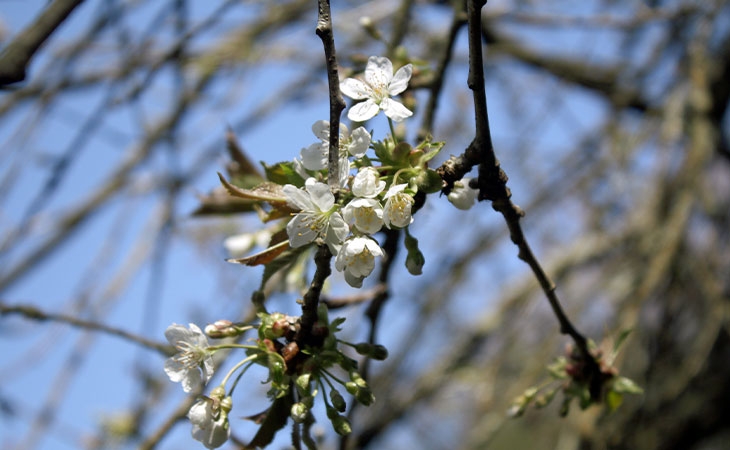
The leaves have an unusual self-defence system – at the base of the stem, they have two nectar-producing glands. These produce a sweet substance to attract ants, which then protect the tree from other feeding insects. Despite this, many species of moth caterpillars still feed on cherry leaves – including the cherry fruit and cherry bark moths.
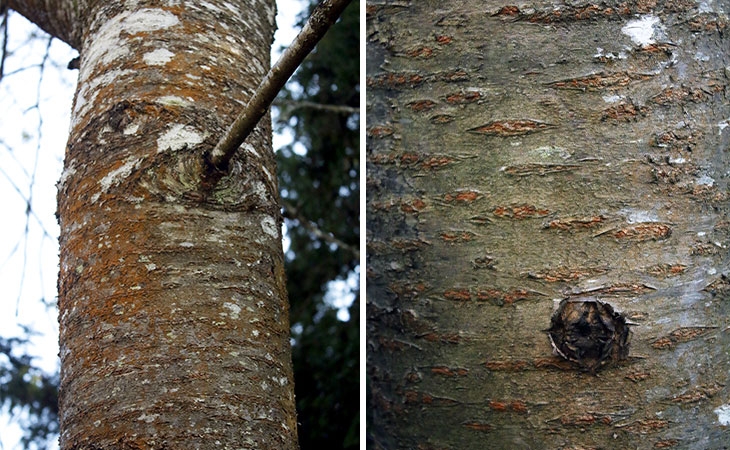
Cherry’s often have shiny bark and prominent rough pores called lenticels, which give them a striped appearance. The wood is hard and strong and can be polished to a shiny brown – making it ideal for veneers in furniture making. Originally, wild cherry was used to make cask hoops and vine poles.
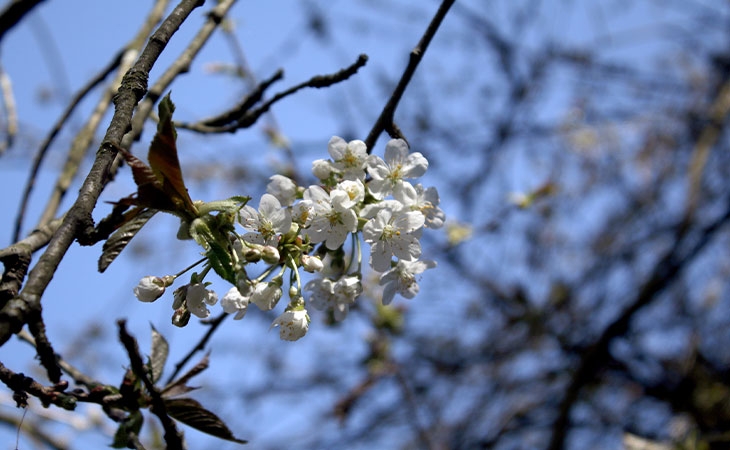
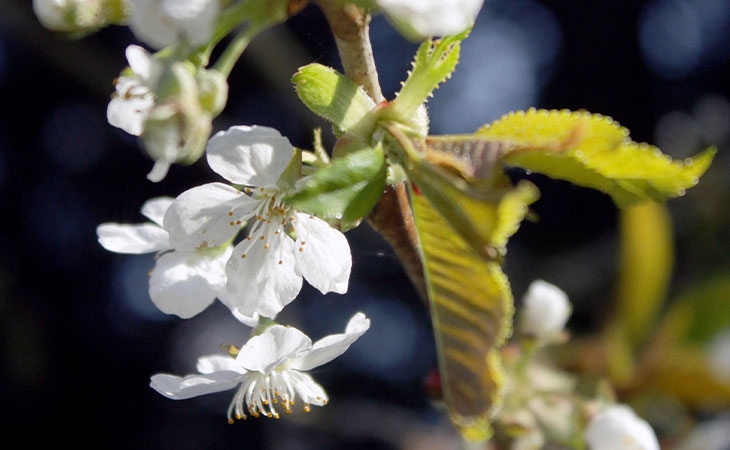
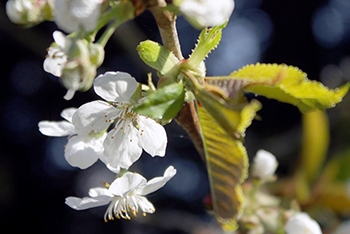
CATEGORIES
- Blog (760)
- Tree management (66)
- Community activities (74)
- Botanical (177)
- Landscape (63)
- Tree of the Month (81)
- Restoration (50)
- Spring (84)
- Seasonal (112)
- Projects (37)
- Conservation (76)
- Education (66)
- Participation (83)
- Silk Wood Community Planting Project (36)
- Silk Wood (41)
- Chalara ash dieback (31)